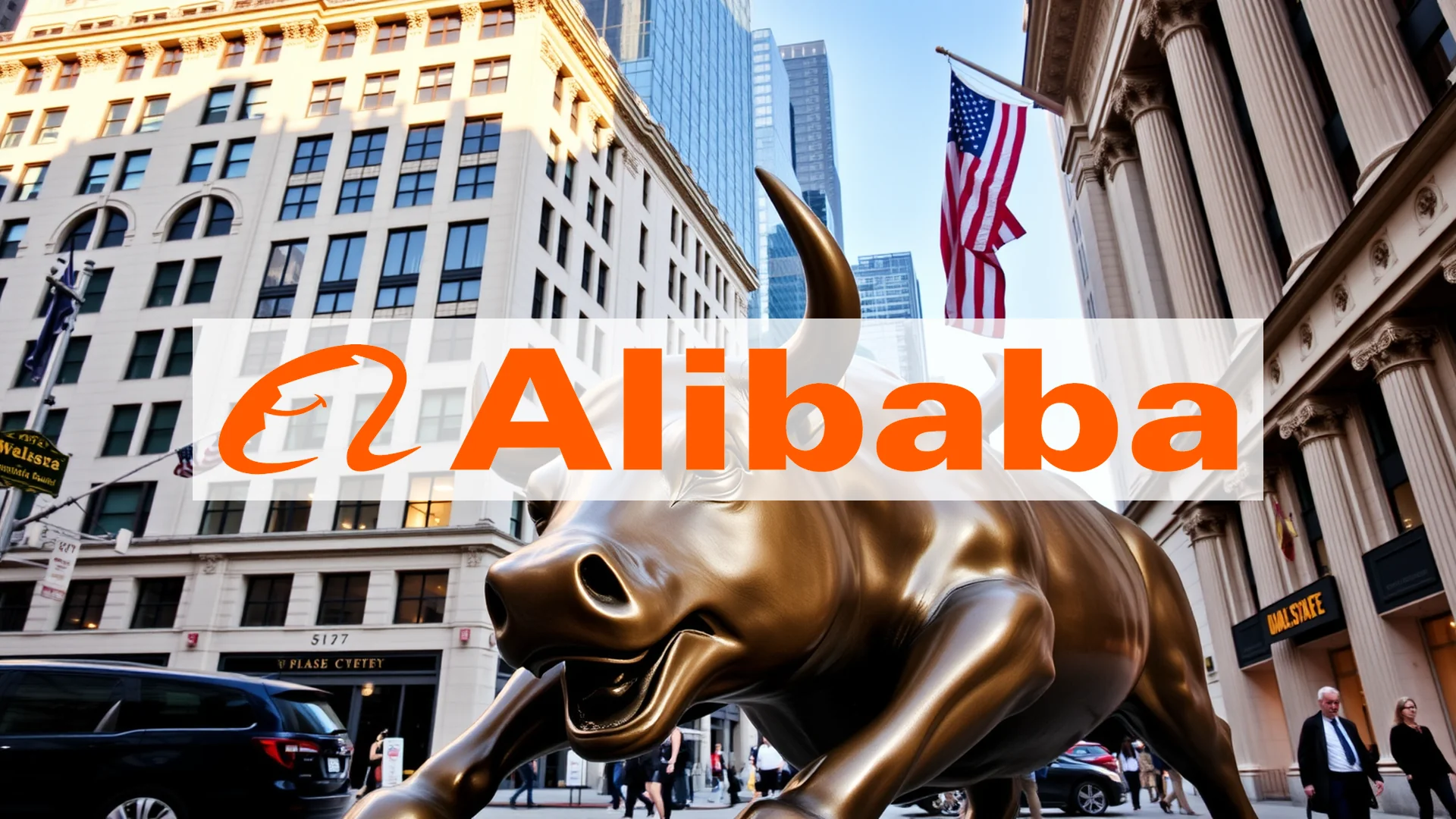Eli Lilly finds itself at the heart of a high-stakes legal confrontation that could jeopardize its most profitable revenue stream. A coalition of pharmaceutical manufacturers has initiated litigation against the U.S. Food and Drug Administration, alleging the regulatory body improperly assisted Lilly in establishing market exclusivity for its blockbuster medication Tirzepatid.
FDA Faces Allegations of Preferential Treatment
The controversy centers on the FDA’s decision to remove Lilly’s Tirzepatid-based medications—marketed as Zepbound for weight management and Mounjaro for diabetes—from the official drug shortage list. The Outsourcing Facilities Association filed this significant lawsuit on October 7, contesting that the agency provided insufficient justification for this regulatory action.
This administrative change carries substantial commercial implications. While medications remain classified as in short supply, competing manufacturers retain authorization to produce alternative versions. Once removed from this list, Lilly effectively gains exclusive market control. The plaintiffs assert that FDA officials placed undue confidence in assurances from “a corporation with vested interests in market monopolization” while failing to incorporate adequate public consultation.
Adding complexity to the situation, semaglutid—the competing product from Novo Nordisk—continues to appear on the shortage registry, creating an apparent regulatory discrepancy between similar pharmaceutical compounds.
Multi-Billion Dollar Market Stakes
The immense financial interests at play explain the intensity of this legal confrontation. Tirzepatid has emerged as Lilly’s primary revenue generator, with combined sales across both brand names skyrocketing from $5.3 billion in 2023 to $16.5 billion in 2024. Market researchers project annual revenues could reach $62 billion by 2030.
Should investors sell immediately? Or is it worth buying Eli Lilly and?
This remarkable growth trajectory has propelled Eli Lilly’s total revenue from $28.3 billion in 2021 to $34.1 billion in 2023. The GLP-1 pharmaceutical category encompassing diabetes and weight management treatments represents one of the pharmaceutical industry’s most rapidly expanding sectors.
Development Pipeline Extends Beyond Current Success
Eli Lilly continues to advance additional therapeutic candidates beyond its current Tirzepatid portfolio. The oral obesity treatment Orforglipron has demonstrated encouraging clinical trial outcomes and might receive regulatory approval within the current year. Industry specialists anticipate this medication could achieve $12.7 billion in annual sales by 2030.
The pharmaceutical giant maintains active research programs across multiple therapeutic domains including oncology, immunology, and neuroscience. These development initiatives represent potential future growth drivers that could diversify the company’s revenue sources beyond its current GLP-1 focused portfolio.
Legal Outcome Carries Significant Business Implications
The resolution of this litigation will substantially influence Eli Lilly’s competitive positioning. A favorable verdict would maintain barriers against more affordable competing products, thereby preserving the company’s de facto monopoly. Conversely, an unfavorable ruling could dramatically intensify competitive pressures and potentially compress profit margins.
Despite these regulatory uncertainties, the corporation’s long-term outlook remains fundamentally strong. With diabetes and obesity therapies potentially generating an additional $60 billion in annual revenue by 2030, Eli Lilly appears positioned for a decade of expansion—provided it can successfully defend its market exclusivity.
Ad
Eli Lilly and Stock: Buy or Sell?! New Eli Lilly and Analysis from November 24 delivers the answer:
The latest Eli Lilly and figures speak for themselves: Urgent action needed for Eli Lilly and investors. Is it worth buying or should you sell? Find out what to do now in the current free analysis from November 24.
Eli Lilly and: Buy or sell? Read more here...









